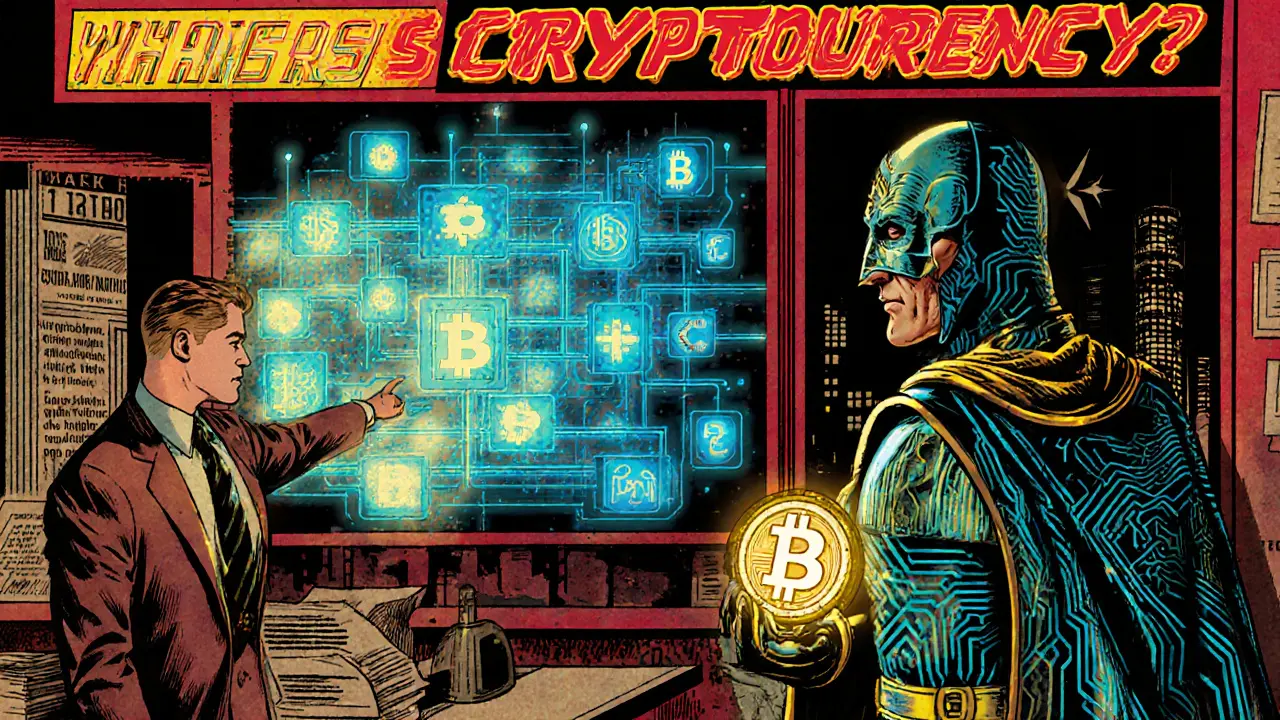How to Safeguard Your Validators with Effective Slashing Protection
Learn how slashing works in proof‑of‑stake networks and discover practical strategies, tools, and best practices to protect your validators from costly penalties.
Read MoreWhen working with Ethereum, the open‑source blockchain that powers the most active dApp ecosystem. Also known as ETH, it enables programmable money, trust‑less agreements, and a vibrant token economy. Ethereum acts as the foundation for countless projects, from decentralized finance to NFT marketplaces, making it the go‑to platform for developers and investors alike.
The first pillar you’ll meet is Smart contracts, self‑executing code that runs on the Ethereum Virtual Machine. They define the rules for token transfers, lending protocols, and game logic without a middleman. Because they are immutable once deployed, they bring transparency and reduce counterparty risk. This is why the statement "Ethereum encompasses smart contracts" is more than jargon – it’s the engine that powers DeFi, NFTs, and many other use cases.
Scaling Ethereum for mass adoption relies heavily on Rollups, layer‑2 solutions that bundle transactions off‑chain and submit compressed proofs to the main chain. Rollups inherit Ethereum’s security while boosting throughput and lowering fees. In practice, they enable high‑frequency trading, gaming, and complex DeFi strategies without congesting the base layer. This creates the semantic link: "Ethereum requires rollups for scaling" and shows how modular blockchain ideas, like those from Celestia, complement Ethereum’s growth.
Building on these foundations is DeFi, a suite of financial services that run entirely on blockchain code. From lending platforms that calculate funding rates to automated market makers that provide liquidity, DeFi leverages Ethereum’s token standards (ERC‑20, ERC‑721) to recreate banking functions without intermediaries. The relationship is clear: "DeFi leverages Ethereum’s smart contracts and rollup scalability" to deliver open finance to anyone with an internet connection.
Community incentives often appear as Airdrops, free token distributions that reward early users or promote new projects. Ethereum’s open ecosystem makes it easy to claim airdropped tokens through standard wallet interfaces, and many projects use airdrops to bootstrap network effects. This ties back to the earlier concepts: airdrops depend on smart contracts for distribution and benefit from rollup‑enabled low‑cost transactions.
Together, these elements create a dynamic loop: developers write smart contracts, rollups keep them fast, DeFi applications showcase their utility, and airdrops attract new participants. The result is a self‑reinforcing network where each piece amplifies the others, driving Ethereum’s continued relevance in the rapidly evolving crypto landscape.
Below you’ll find a curated set of articles that dig deeper into each of these topics—hands‑on guides, technical breakdowns, and real‑world examples. Whether you’re just starting out or looking to sharpen your strategy, the collection offers practical insights to help you navigate Ethereum’s ever‑expanding universe.

Learn how slashing works in proof‑of‑stake networks and discover practical strategies, tools, and best practices to protect your validators from costly penalties.
Read More
Learn what cryptocurrency is, how blockchain works, key coins like Bitcoin and Ethereum, and how to safely start investing with wallets and exchanges.
Read More